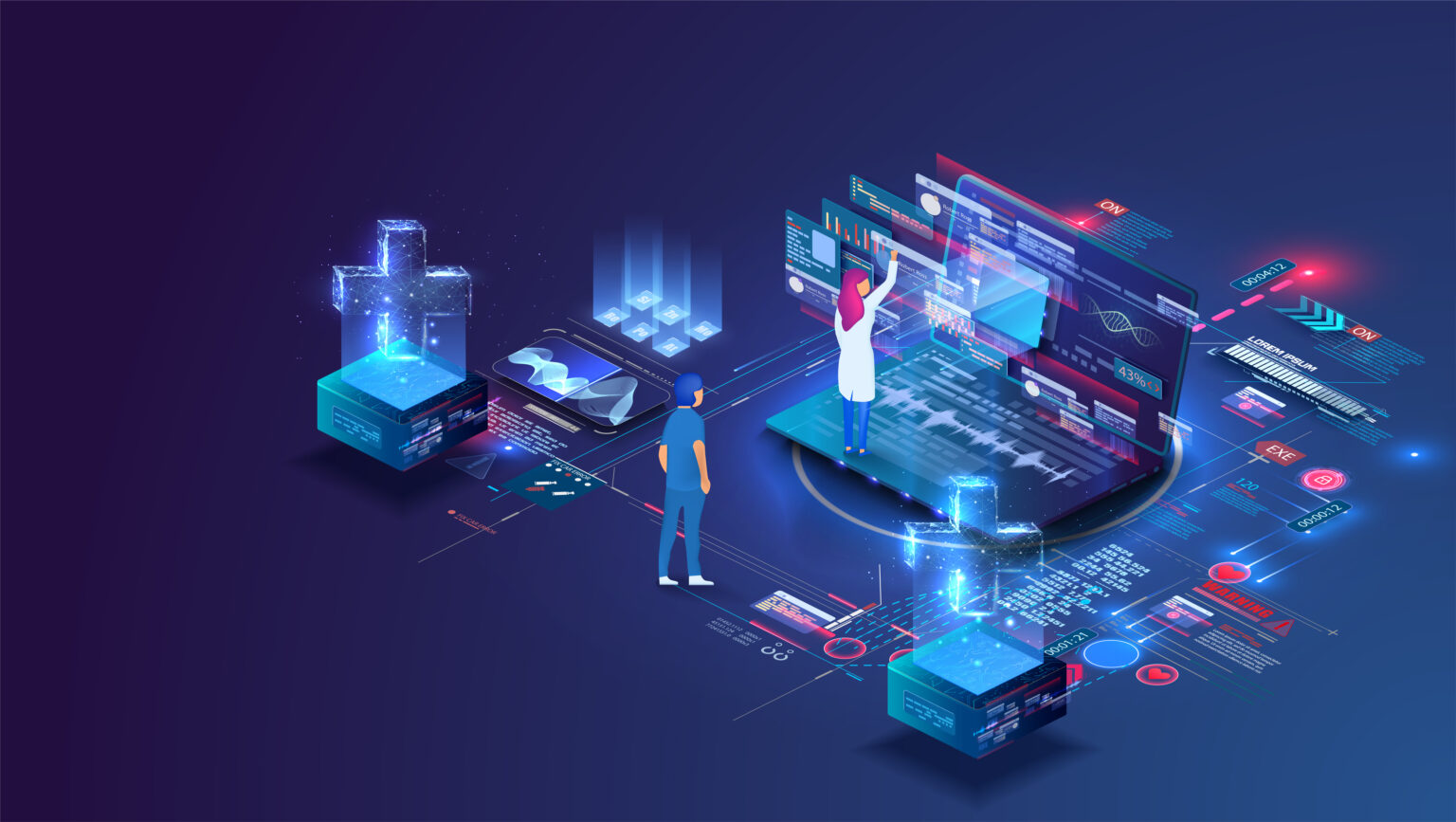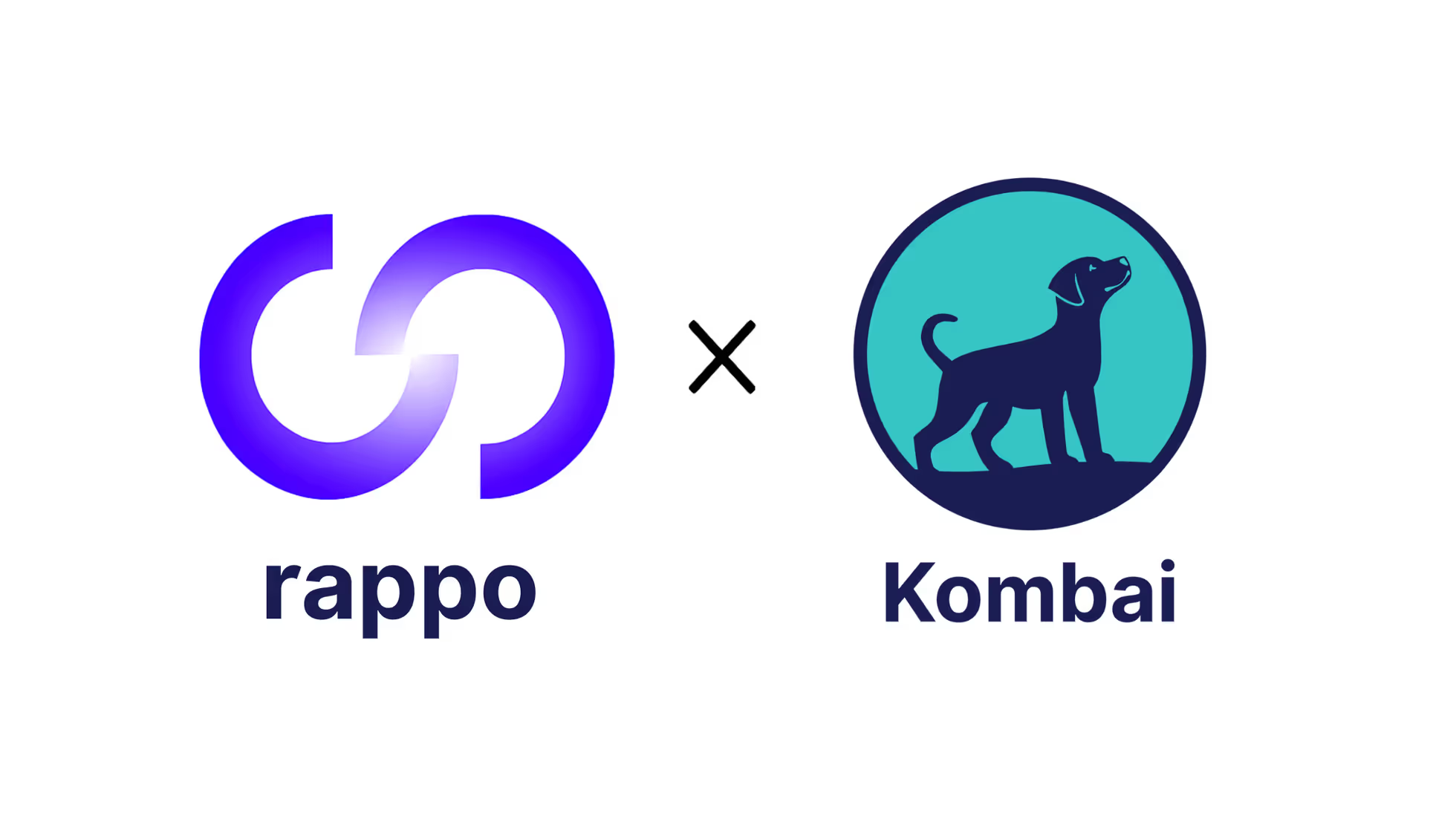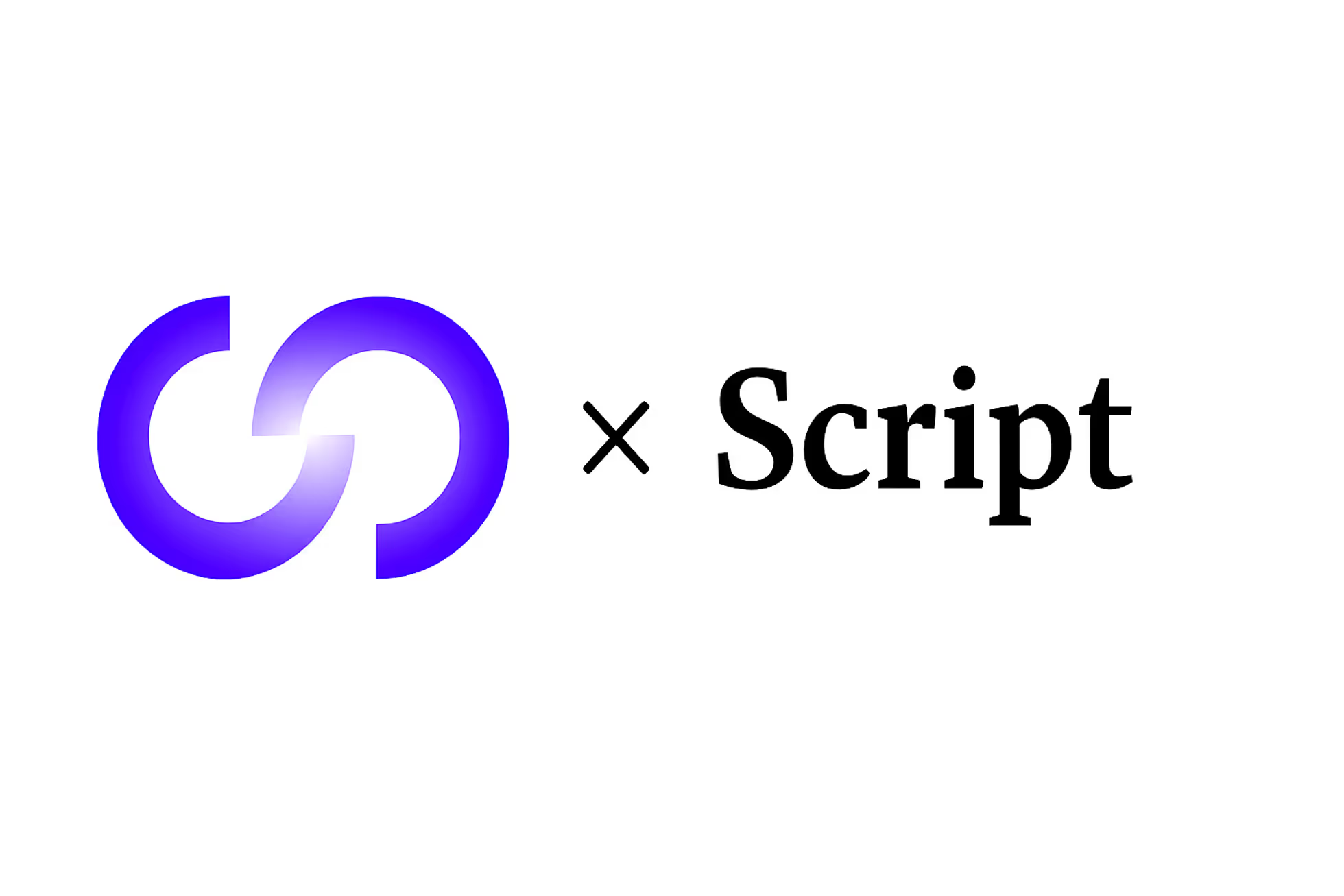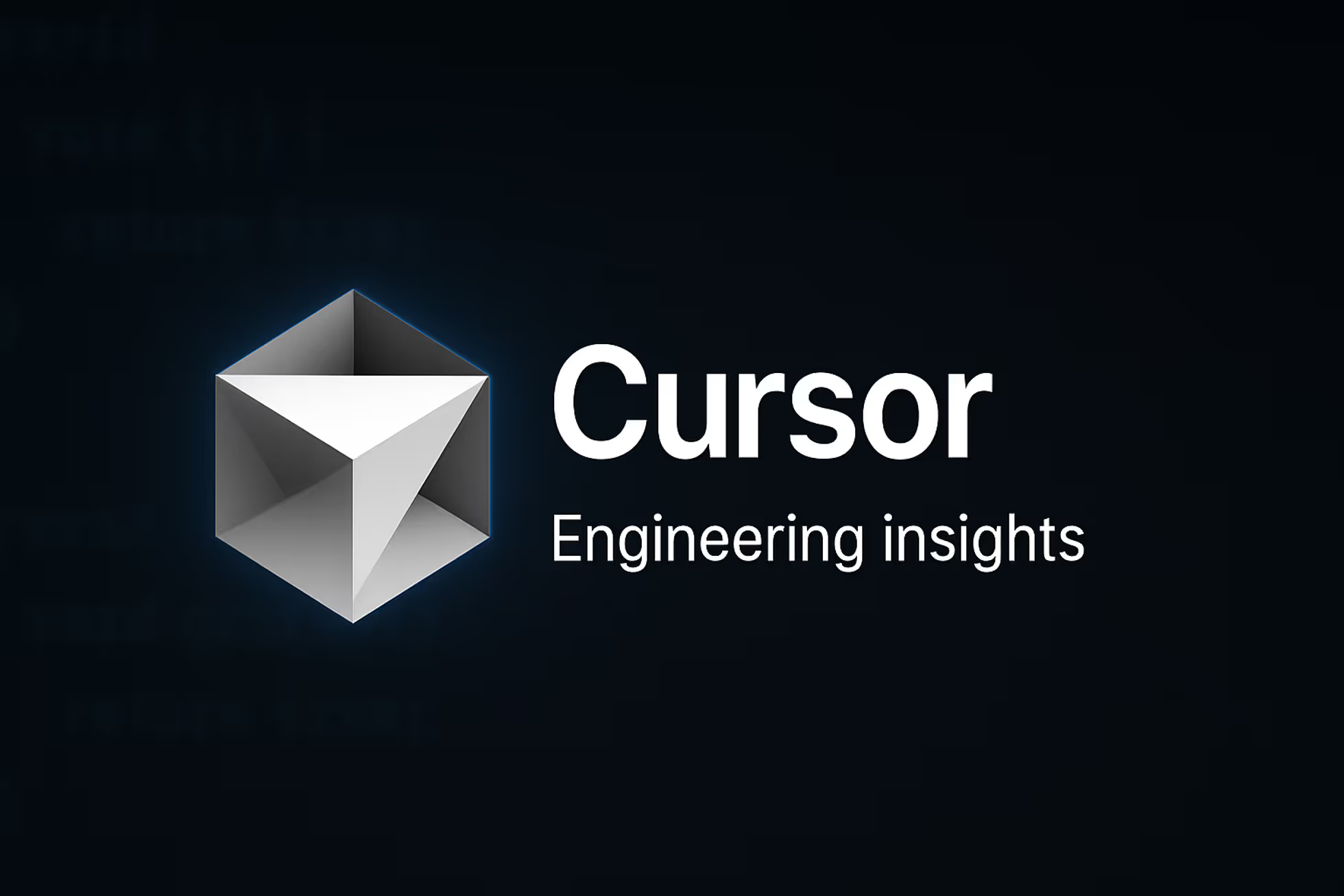rappo Akshaya Sriram • Nov 19, 2024
Modern Data Architecture: Key Advancements in Data Warehouses and Data Lakes
The data management landscape has undergone a transformation in recent years.

The data management landscape has undergone a transformation in recent years. Traditional data warehouses have evolved into cloud-native solutions, while data lakes have matured into sophisticated platforms capable of handling diverse data types.
Both data warehouses and data lakes offer unique features and understanding the differences between the two can help businesses make decisions about their data strategy.
Let’s explore the advancements shaping the future of data warehouses and data lakes, and how they are creating a more unified and powerful data ecosystems.
1. Cloud-Native Data Warehouses and Lakes
With the rise in adoption of cloud platforms, cloud-native data warehouses and data lakes have emerged as a standard for data storage and management. Cloud providers offer fully managed, scalable data warehousing and lake services such as Amazon Redshift, Google BigQuery, and Azure Synapse.
Cloud-native solutions have revolutionized how organizations handle data by providing: automatic scaling, pay for what you use, high availability, disaster recovery, and compliance comes out of the box. These platforms support hybrid architectures, allowing businesses to integrate on-premises and cloud data seamlessly.
2. Data Lakehouse Architecture: Bridging the Gap
Historically, data warehouses and data lakes served distinct purposes: data warehouses were optimized for structured, while data lakes stored raw, structured, semi-structured and unstructured data.
The advent of the data lakehouse architecture combines the both, enabling a unified approach to data storage and analytics. The architecture provides schema enforcement, ACID transactions, and support for a wide range of workloads, from business intelligence to machine learning. Platforms such as Databricks and Snowflake have pioneered this concept, allowing organizations to run complex analytics on structured and unstructured data within a single platform.
3. Data Processing and Real-Time Analytics
The need for real-time insights has driven advancements in data processing within data warehouses and lakes. Traditional processing is replaced by streaming data processing. In data warehouses, the use of Materialized Views and Federated Queries allows faster and efficient query execution, while data lakes leverage real-time processing frameworks for rapid, low-latency analytics.
Technologies such as Apache Kafka and Amazon Kinesis enable real-time data ingestion, allowing businesses to make decisions on changing data.
4. Enhanced Data Governance and Security
As the need for data privacy increases, advancements in data governance and security have become essential. Modern data warehouses and lakes include governance features, to ensure compliance and protect sensitive information. Data cataloging and metadata management are integrated, making it easier to track, control access, and maintain data quality.
Security measures have improved, with support for end-to-end encryption, fine-grained access control, and integration with providers. Tools such as AWS Lake Formation and Azure Purview provide a holistic view while ensuring strict security standards are met.
5. AI and Machine Learning Integration
Artificial intelligence and machine learning are integrated within data warehouses and lakes. Most cloud providers provide machine learning services, allowing organizations to build, train, and deploy models. The integration of machine learning into data lakes and warehouses helps obtain insights, automate processes, and derive value from data. AWS SageMaker and frameworks such as Apache Spark and MLflow simplify model training and deployment.
6. Open Data Formats and Interoperability
Interoperability has always been a challenge when working across multiple platforms and tools. The use of open data formats such as Apache Parquet and Apache Avro in data lakes and warehouses allows compatibility between systems. With these formats, data can be shared and reused across multiple applications without conversion, reducing storage costs and improving processing efficiency.
The use of frameworks Apache Arrow and Delta Lake enhances interoperability, enabling data to flow between different storage and processing platforms.
7. Data Sharing and Collaboration
Modern data warehouses and data lakes are evolving to support collaborative data-sharing. Data sharing is made efficient and secure by advancements in access control, allowing businesses to share data without replication, reducing storage costs and data duplication.
For instance, Snowflake’s Data Sharing and Google’s Analytics Hub allow organizations to collaborate and securely share data in real time.
8. Unified Analytics and BI Tools
The introduction of unified data analytics platforms has simplified analytics across data warehouses and data lakes. The tools integrate BI, reporting, and data science, offering users an all-in-one solution for data exploration and analytics. Platforms such as Microsoft Azure Synapse and AWS Glue provide integrated toolsets that connect ETL, data visualization, and machine learning, eliminating the need for multiple tools.
Then What Next?
The evolution of data warehouses and data lakes reflects the changing needs of modern data-driven organizations. The advancements in data warehouses and data lakes point towards a convergence - data lakehouses and hybrid architectures.
Their convergence, enhanced by cloud capabilities and AI-driven features, is creating flexible and powerful data platforms. As these technologies continue to evolve, we can expect further innovations in automation, governance, and sustainability.
More blogs for you
Rappo • Vignesh Ravichandran • Jun 10, 2025
How Kombai Used Rappo to get product feedback for its AI Frontend Assistant with Engineering Champions
Learn how Kombai validated their AI frontend assistant by connecting with seasoned engineering champions through Rappo for honest feedback and strategic insights.

Rappo • Vignesh Ravichandran • May 29, 2025
Script Capital Backs Rappo to Tackle 0→1 GTM for Technical Founders
Rappo announces funding from Script Capital and shares its mission to connect technical founders with engineering champions.

Rappo • Vignesh Ravichandran • May 22, 2025
The Good, The Bad, and The "Drunk Junior Engineer": Real Feedback on Cursor from Engineering Leaders
Real feedback from engineering leaders on Cursor AI, from enthusiastic adoption to the memorable 'drunk junior engineer' comparison.
